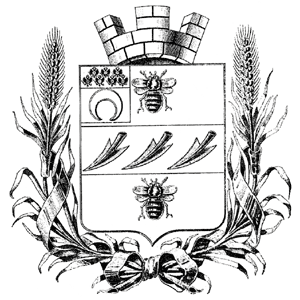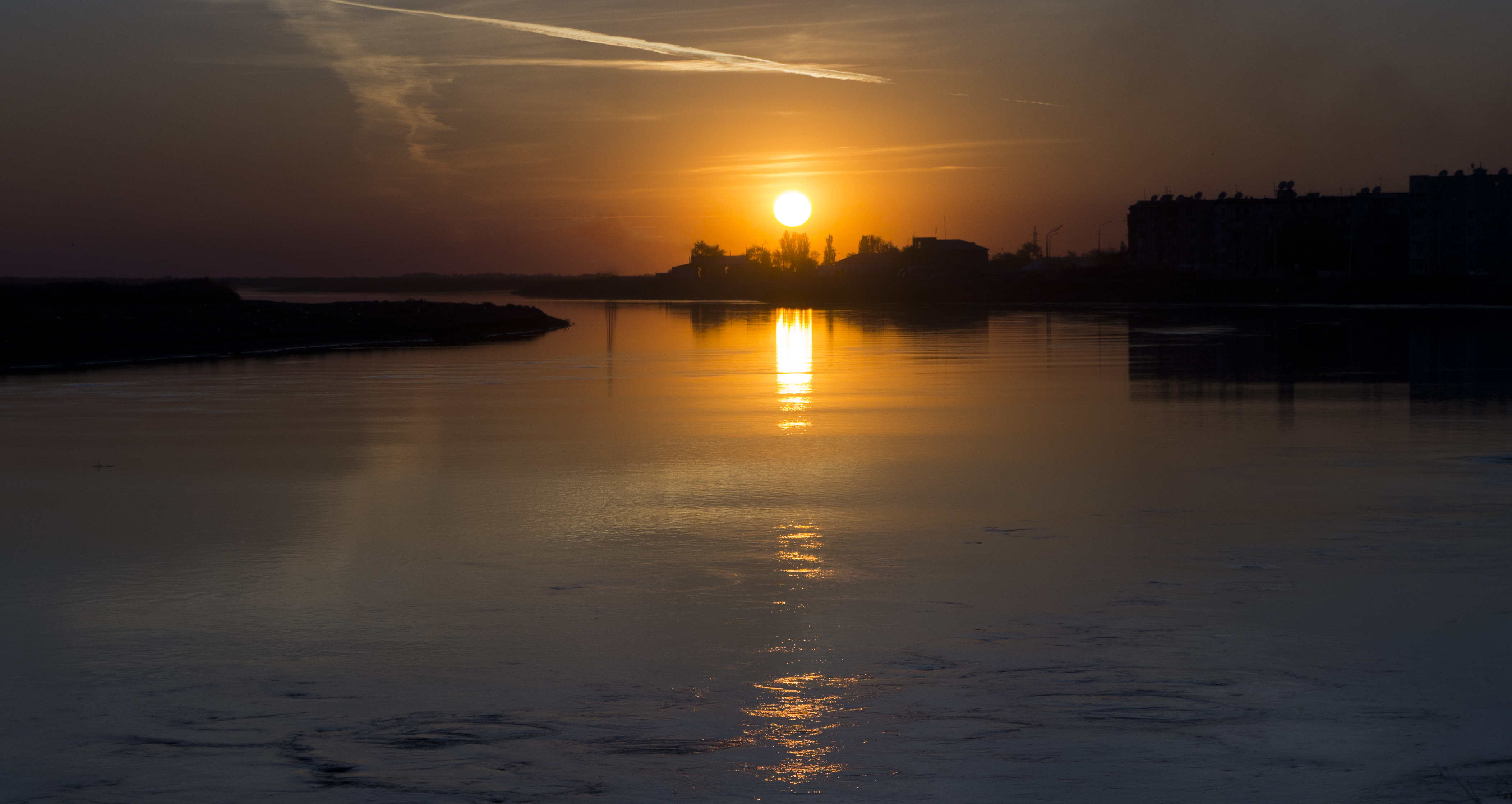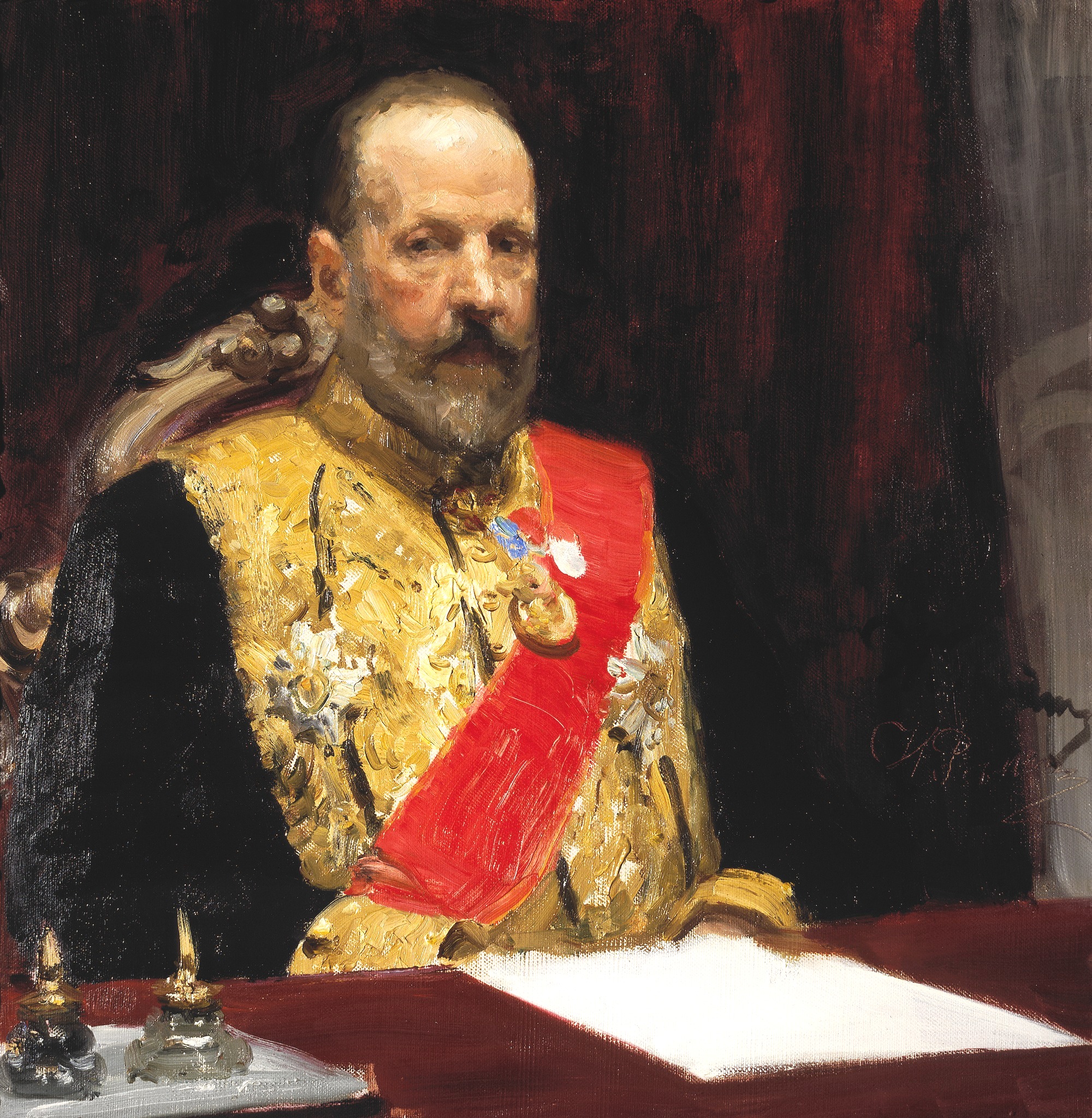|
Tynyshpaev, Mukhamedzhan Tynyshpaevich
Muhammedjan Tynyshpaev ( kk, Мұхаммеджан Тынышбайұлы; , romanized: ''Mūhammedjan Tynyşbaiūly'', Russified: Mukhamedzhan Tynyshpayev) (May 12, 1879 - after November 21, 1937) was a Kazakh engineer, activist, and intellectual. He surveyed and engineered the railways of Russian Central Asia, while also active in the young political newspapers of the region. Through his work, he became known as a political activist, ethnographer, and historian. Early life and education Muhammedjan Tynyshbayev was born in 1879 to a Muslim Kazakh, Naiman, Sadyr tribe, family in what is today the region of Almaty, Kazakhstan. His father, Tynyshbay, was a minor official in the region. Because of his position, Tynyshbay was able to send the young Tynyshbayev to Verniy (present day Almaty) to attend the all-male Gymnasium on a stipend provided by the Governor-General. With a great and constant interest, he began to study Russian history and the history of Russian literature and ... [...More Info...] [...Related Items...] OR: [Wikipedia] [Google] [Baidu] |
Semirechye Oblast
The Semirechyenskaya Oblast (russian: Семиреченская область) was an oblast (province) of the Russian Empire. It corresponded approximately to most of present-day southeastern Kazakhstan and northeastern Kyrgyzstan. It was created out of the territories of the northern part of the Khanate of Kokand that had been part of the Kazakh Khanate. The name "Semirechye" ("Seven Rivers") itself is the direct Russian translation of the historical region of Jetysu. Its site of government was Verniy (now named Almaty). The Russian government seized the Semirechyenskaya region in 1854, and created the province the same year. It was administered as part of Governor-Generalship of the Steppes (before 1882 it was known as the Governor-Generalship of the Western Siberia) between 1854 and 1867 and again between 1882 and 1899, and part of Russian Turkistan between 1867 and 1882 and again between 1899 and 1917. Russian control of the region was recognized by the Treaty of Saint Peter ... [...More Info...] [...Related Items...] OR: [Wikipedia] [Google] [Baidu] |
Kazakhstan
Kazakhstan, officially the Republic of Kazakhstan, is a transcontinental country located mainly in Central Asia and partly in Eastern Europe. It borders Russia to the north and west, China to the east, Kyrgyzstan to the southeast, Uzbekistan to the south, and Turkmenistan to the southwest, with a coastline along the Caspian Sea. Its capital is Astana, known as Nur-Sultan from 2019 to 2022. Almaty, Kazakhstan's largest city, was the country's capital until 1997. Kazakhstan is the world's largest landlocked country, the largest and northernmost Muslim-majority country by land area, and the ninth-largest country in the world. It has a population of 19 million people, and one of the lowest population densities in the world, at fewer than 6 people per square kilometre (15 people per square mile). The country dominates Central Asia economically and politically, generating 60 percent of the region's GDP, primarily through its oil and gas industry; it also has vast mineral ... [...More Info...] [...Related Items...] OR: [Wikipedia] [Google] [Baidu] |
First Five-year Plan
The first five-year plan (russian: I пятилетний план, ) of the Union of Soviet Socialist Republics (USSR) was a list of economic goals, created by Communist Party General Secretary Joseph Stalin, based on his policy of socialism in one country. The plan was implemented in 1928 and took effect until 1932. The Soviet Union entered a series of five-year plans which began in 1928 under the rule of Joseph Stalin. Stalin launched what would later be referred to as a "revolution from above" to improve the Soviet Union's domestic policy. The policies were centered around rapid industrialization and the collectivization of agriculture. Stalin desired to remove and replace any policies created under the New Economic Policy. The plan, overall, was to transition the Soviet Union from a weak, poorly controlled, agriculture state, into an industrial powerhouse. While the vision was grand, its planning was ineffective and unrealistic given the short amount of time given to meet ... [...More Info...] [...Related Items...] OR: [Wikipedia] [Google] [Baidu] |
Stalin
Joseph Vissarionovich Stalin (born Ioseb Besarionis dze Jughashvili; – 5 March 1953) was a Georgian revolutionary and Soviet political leader who led the Soviet Union from 1924 until his death in 1953. He held power as General Secretary of the Communist Party of the Soviet Union (1922–1952) and Chairman of the Council of Ministers of the Soviet Union (1941–1953). Initially governing the country as part of a collective leadership, he consolidated power to become a dictator by the 1930s. Ideologically adhering to the Leninist interpretation of Marxism, he formalised these ideas as Marxism–Leninism, while his own policies are called Stalinism. Born to a poor family in Gori in the Russian Empire (now Georgia), Stalin attended the Tbilisi Spiritual Seminary before joining the Marxist Russian Social Democratic Labour Party. He edited the party's newspaper, ''Pravda'', and raised funds for Vladimir Lenin's Bolshevik faction via robberies, kidnappings and protection rac ... [...More Info...] [...Related Items...] OR: [Wikipedia] [Google] [Baidu] |
Kyzyl-Orda
Kyzylorda ( kk, Қызылорда, translit=Qyzylorda, ), formerly known as Kzyl-Orda (russian: Кзыл-Орда), Ak-Mechet (Ак-Мечеть), Perovsk (Перовск), and Fort-Perovsky (Форт-Перовский), is a city in south-central Kazakhstan, capital of Kyzylorda Region and former capital of the Kazakh ASSR from 1925 to 1927. The city has a population of 242,462 (2020 Census). It historically developed around the Syr Darya river and the site of a Khanate of Kokand, Kokand fortress. The population of the city with nearby villages is 312,861 (2020 Census). History A settlement existed under Seljuk (warlord), Seljuk, the founder of the Seljuk dynasty. The modern city had its beginnings in 1817 as the site of a Khanate of Kokand, Kokand fortress known as Ak-Mechet, or ''white mosque''.Pospelov, p. 24 The later-famous Yaqub Beg was once the fort's commander, but he was apparently not in command during the final battle. In 1853, during the Russian conquest of T ... [...More Info...] [...Related Items...] OR: [Wikipedia] [Google] [Baidu] |
Kokand Autonomy
kk, Түркістан автономиясы ky, Түркестан автономиясы tg, Мухторияти Туркистонrussian: Туркестанская автономия , conventional_long_name = Turkestan Autonomy , common_name = , era = Russian Civil War , status = Unrecognized state , status_text = , empire = , government_type = Republic , event_start = Independence declared from Russia , date_start = 27 November 1917 , year_start = , event_end = Sovietization of Turkestan , date_end = 22 February 1918 , year_end = , year_exile_start = , year_exile_end = , event1 = , date_event1 = , event2 = , date_event2 = , event3 = , date_event3 = , event4 = , date_event ... [...More Info...] [...Related Items...] OR: [Wikipedia] [Google] [Baidu] |
Alikhan Bukeikhanov
Alikhan Nurmukhameduly Bukeikhanov,, Arabic graphics: ٴالىيحان نۇرمۇحامەدۇلى بوكەيحان, romanized: ''Älihan Nūrmūhamedūly Bökeihan'', pronunciation: �ləj'χɑn no̙r'mo̙hɑmmjed'o̙ɫə bøkej'χɑn or Bökeihan (5 March 1866 – 27 September 1937) was a Kazakh politician and publisher who served as the Chairman (Prime Minister) of Provisional National Government of Alash Orda and one of the leaders of the Alash party from late 1917 to 1920. Early life Alikhan Bukeikhanov was born into a Kazakh Muslim family on 5 March 1866, in Tokyrauyn Volost, Russian Empire. He was the son of Nurmuhammed Bukeikhanov and as a great-grandson of Barak Sultan, former khan of the Orta zhuz, he was a direct descendant of Genghis Khan. Bukeikhanov graduated from the Russian-Kazakh School and Omsk Technical School in 1890. He later studied at the Saint Petersburg Forestry Institute, where he graduated from the Faculty of Economics in 1894. During Bukeikhanov' ... [...More Info...] [...Related Items...] OR: [Wikipedia] [Google] [Baidu] |
Mustafa Shokay
Mustafa Shokay ( kk, Мұстафа Шоқайұлы, , romanized: ''Mūstafa Şoqaiūly'', Russian: Мустафа́ Шока́й); 25 December 1890 – 27 December 1941) was a Kazakh social and political activist and ideologue of the Turkestan Autonomy. From 1921, he lived in exile in France. Early life Mustafa Shokay was born into a Muslim Kazakh family of aristocrats in the Kazakh town of Ak-Meshit (modern Kyzylorda, Kazakhstan). During this period the status of family was evaluated by the number of cattle they possessed, meaning that Mustafa's family was wealthy in their village due to the high number of cattle in their possession. Mustafa's paternal grandfather was the Datkha, which in Persian means – "a wish, request, Justice". The Datkha was equal to a Sultan and was higher in title than the Bey. Mustafa's grandfather was electing Prime Minister – Datkha of Khiva's khan. The Datkha was subordinate only to the Khan and was often tasked with helping him manage th ... [...More Info...] [...Related Items...] OR: [Wikipedia] [Google] [Baidu] |
February Revolution
The February Revolution ( rus, Февра́льская револю́ция, r=Fevral'skaya revolyutsiya, p=fʲɪvˈralʲskəjə rʲɪvɐˈlʲutsɨjə), known in Soviet historiography as the February Bourgeois Democratic Revolution and sometimes as the March Revolution, was the first of two revolutions which took place in Russia in 1917. The main events of the revolution took place in and near Petrograd (present-day Saint Petersburg), the then-capital of Russia, where long-standing discontent with the monarchy erupted into mass protests against food rationing on 23 February Old Style (8 March New Style). Revolutionary activity lasted about eight days, involving mass demonstrations and violent armed clashes with police and gendarmes, the last loyal forces of the Russian monarchy. On 27 February O.S. (12 March N.S.) the forces of the capital's garrison sided with the revolutionaries. Three days later Tsar Nicholas II abdicated, ending Romanov dynastic rule and the Russian Empi ... [...More Info...] [...Related Items...] OR: [Wikipedia] [Google] [Baidu] |
State Duma (Russian Empire)
The State Duma, also known as the Imperial Duma, was the lower house of the Governing Senate in the Russian Empire, while the upper house was the State Council. It held its meetings in the Taurida Palace in St. Petersburg. It convened four times between 27 April 1906 and the collapse of the Empire in February 1917. The first and the second dumas were more democratic and represented a greater number of national types than their successors. The third duma was dominated by gentry, landowners and businessmen. The fourth duma held five sessions; it existed until 2 March 1917, and was formally dissolved on 6 October 1917. History Coming under pressure from the Russian Revolution of 1905, on August 6, 1905 (O.S.), Sergei Witte (appointed by Nicholas II to manage peace negotiations with Japan after the Russo-Japanese War of 1904–1905) issued a manifesto about the convocation of the Duma, initially thought to be a purely advisory body, the so-called Bulygin-Duma. In the subsequent ... [...More Info...] [...Related Items...] OR: [Wikipedia] [Google] [Baidu] |
Trans-Caspian Railway
The Trans-Caspian Railway (also called the Central Asian Railway, russian: Среднеазиатская железная дорога) is a railway that follows the path of the Silk Road through much of western Central Asia. It was built by the Russian Empire during its expansion into Central Asia in the 19th century. The railway was started in 1879, following the Russian victory over Khokand. Originally it served a military purpose of facilitating the Imperial Russian Army in actions against the local resistance to their rule. However, when Lord Curzon visited the railway, he remarked that he considered its significance went beyond local military control and threatened British interests in Asia. History Construction Construction began in 1879 of a narrow-gauge railway to Gyzylarbat in connection with the Russian conquest of Transcaspia under General Mikhail Skobelev. It was rapidly altered to the standard Russian gauge of , and construction through to Ashkabad and Merv ... [...More Info...] [...Related Items...] OR: [Wikipedia] [Google] [Baidu] |






